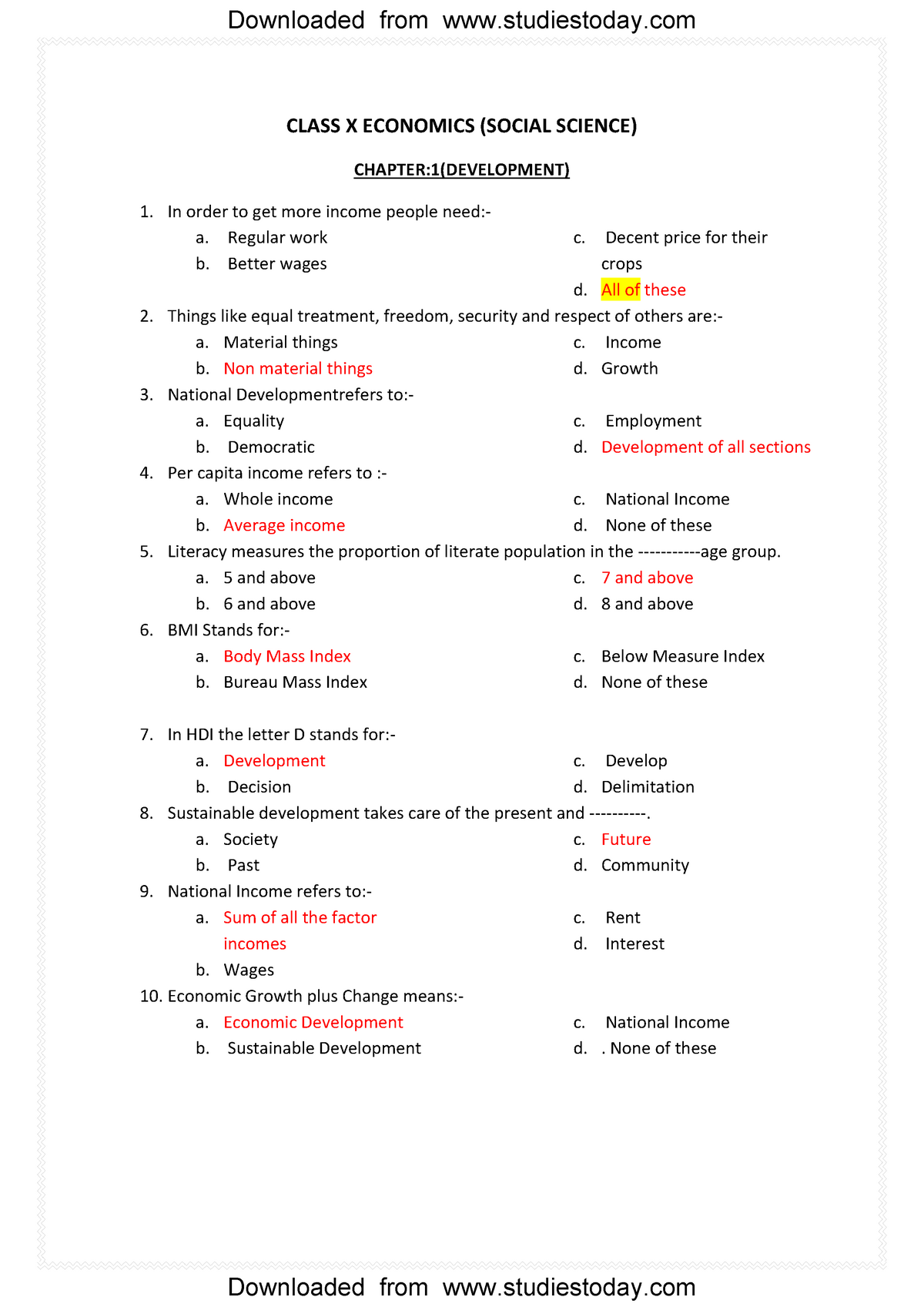
Those who stayed on their farms, however, successfully adapted to changing methods of agriculture. In response to problems such as soil erosion and competition from western farmers, many in the Northeast either moved west or went to work in factories. Improved transportation reduced travel time and shipping costs. By 1850, there were more than 9,000 miles of track. Railroad development started in the 1830s and quickly came to compete with canals. High construction costs and a constricting economy caused an end to the canal era in the 1850s. By 1840, more than 3,000 miles of canals had been built. The success of the Erie Canal sparked an explosion of canal construction. New arteries opened east-west travel in the 1820s. Investments in roads, canals, and railroads caused northeastern seaboard cities to become the center of American commerce. Largely as a result of these efforts, the nation experienced uneven but sustained economic growth from the end of the War of 1812 to mid-century. State governments surpassed the federal government in promoting the economy. The Court’s ruling in this case promoted individual enterprise and competition. Several Supreme Court cases provided a legal foundation for commerce and the market economy.įederal and state courts encouraged the proliferation of corporations by granting limited liability to corporation owners. The new market economy was a direct cause of boom-and-bust cycles.ĭespite a belief in limited government, the federal government played an active role in technological and industrial growth. Periods of contraction and deflation often countered times of prosperity. The advent of the market economy, which encouraged specialization, meant that people could sell or purchase goods on the open market and then use the cash they received to purchase goods produced by other people.Įconomic growth proved uneven. The Market Economy and Government’s Economic Role The agreement prohibited slavery in the rest of the Louisiana Territory north of 36º 30’.
#Coursenotes government by the people chapter 10 free#
Henry Clay proposed the compromise that let Maine enter the Union as a free state and Missouri enter as a slave state. The slavery question resurfaced in 1819 when Missouri petitioned to enter the Union as a slave state, a more that would have pushed slavery farther northward and tilted the political balance in the Senate toward the slave states. The Monroe Doctrine demanded noncolonization in the hemisphere by European nations, nonintervention in the affairs of New World nations, and pledged noninterference by the United States in European affairs.

feared that France would aid Spain by attempting to return these states to Spanish rule.

America assumed $5 million worth of claims against Spain and gave up claim to Texas.īetween 18 a number of states in Latin America declared their independence from Spain. The Adams- Onís Treaty called for Spain to cede Florida to the United States and defined the southwestern border of the Louisiana Territory. John Quincy Adams served brilliantly as Secretary of State. John Marshall reaffirmed the power of the national government in this case regarding the Second Bank of the United States.ĭ.

Monroe was elected president in 1816 and continued Madison’s domestic program. Developments in transportation, agriculture, manufacturing, and finance helped lead to a nationwide market economy.Ĭongressional leadership called for government stimulation of industry, internal improvements, a national bank, and a protective tariff. Early in the nineteenth century, Americans in increasing numbers moved inland from the seaboard.


 0 kommentar(er)
0 kommentar(er)
